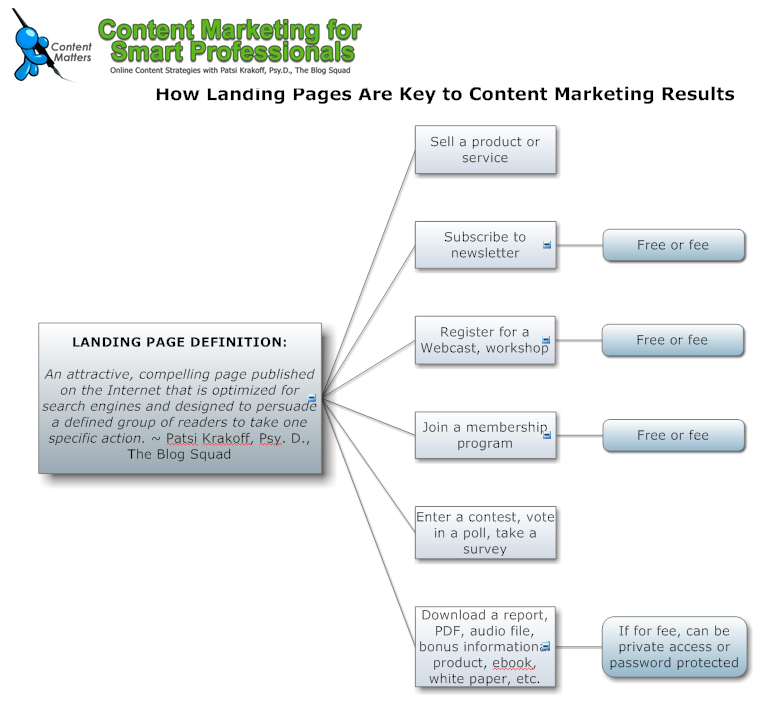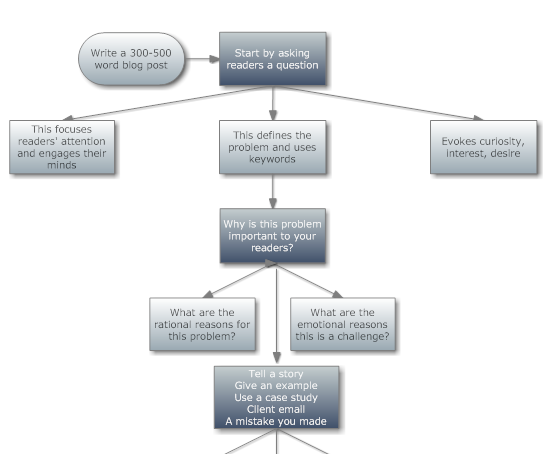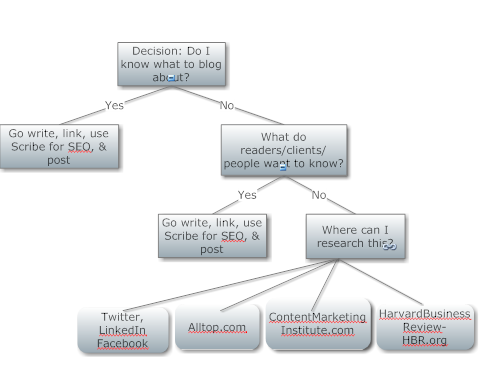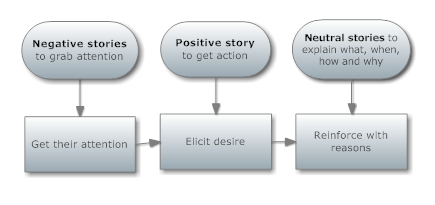 Every time I watch top tennis players compete, I learn something about blog writing.
Every time I watch top tennis players compete, I learn something about blog writing.
The US Open is on right now, through next weekend. (Seriously, I think about tennis when I’m blogging.) Here are five blog writing tips.
- You’ve got to keep moving. When a topic is hot, you see a few hundred other posts about it, and you realize it’s time to move on to something else.
- Keep your eye on the ball. Never forget why people read your blog and why you started your blog in the first place. Stay on topic, deliver the winning shots.
- Start strong with a fierce serve. Your first sentence may be the only thing a reader sees in a feed. Make it compelling.
- Mix it up. If you’re always being positive and cheery, write a few negative posts and criticize some commonly held practices or beliefs. People won’t keep reading if you don’t surprise them.
- Never give up, stay in the game. Success is half persistence, half sweat. Your ability to refocus your writing and get back on track even when you don’t feel like it, will pay off in the long run.
Persistence and control is the name of the game. With me, I get impatient in a rally, and with a burst of aggression I’ll end the point with a whopping drive… clear out of the court.
Blog writing doesn’t work that way. Steady as you go, writing at least twice a week, at least 300 words, focusing on the key words that drive results for your business, mixing information with stories, always keeping the reader in mind.
Bottom line: you want to keep the ball in play. The “ball” is the conversation you have with your ideal clients, your readers.
Are you writing posts that are clear winners for your readers? Are you steadily delivering valuable, relevant content within the lines of your readers’ needs?
Game anyone?

















